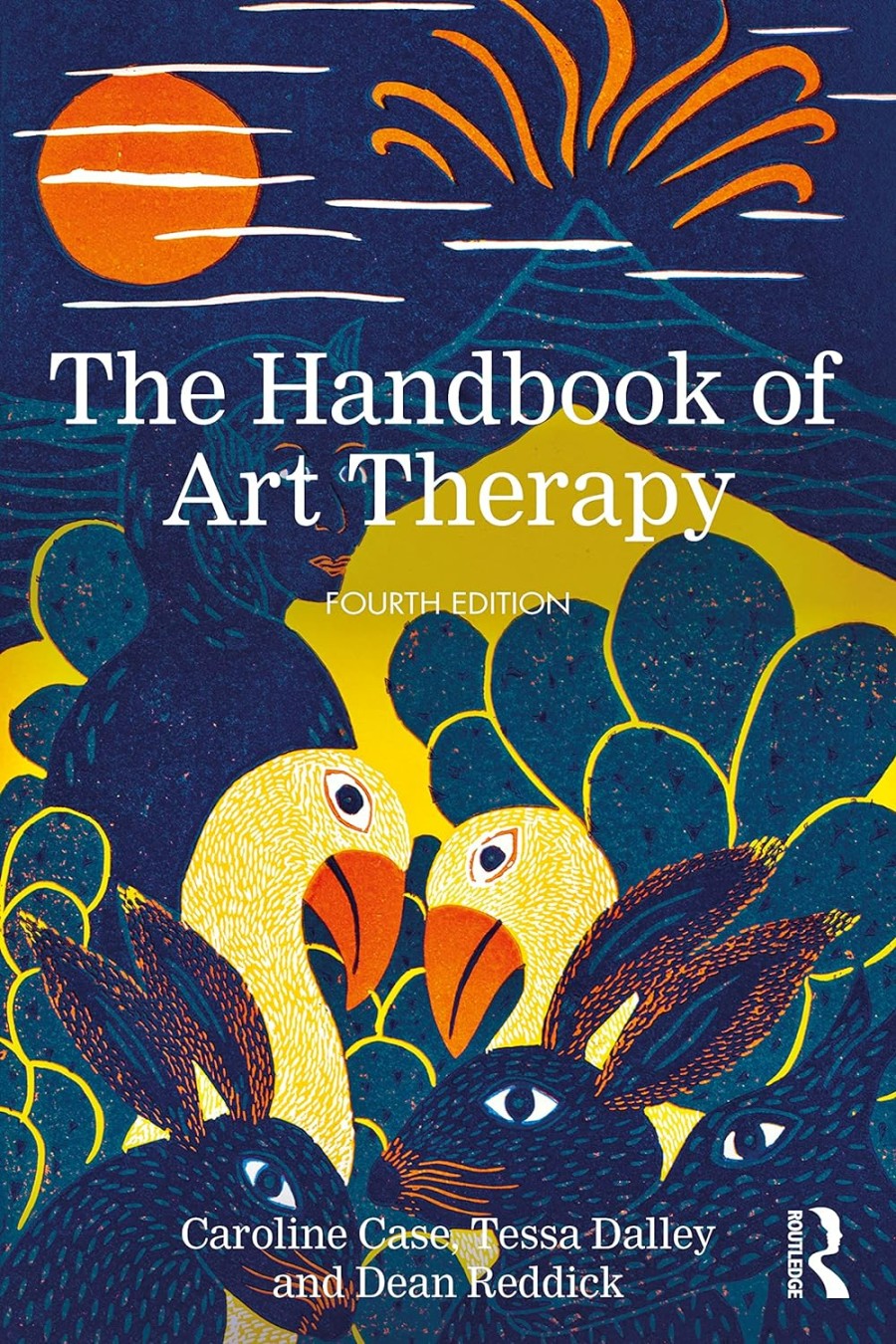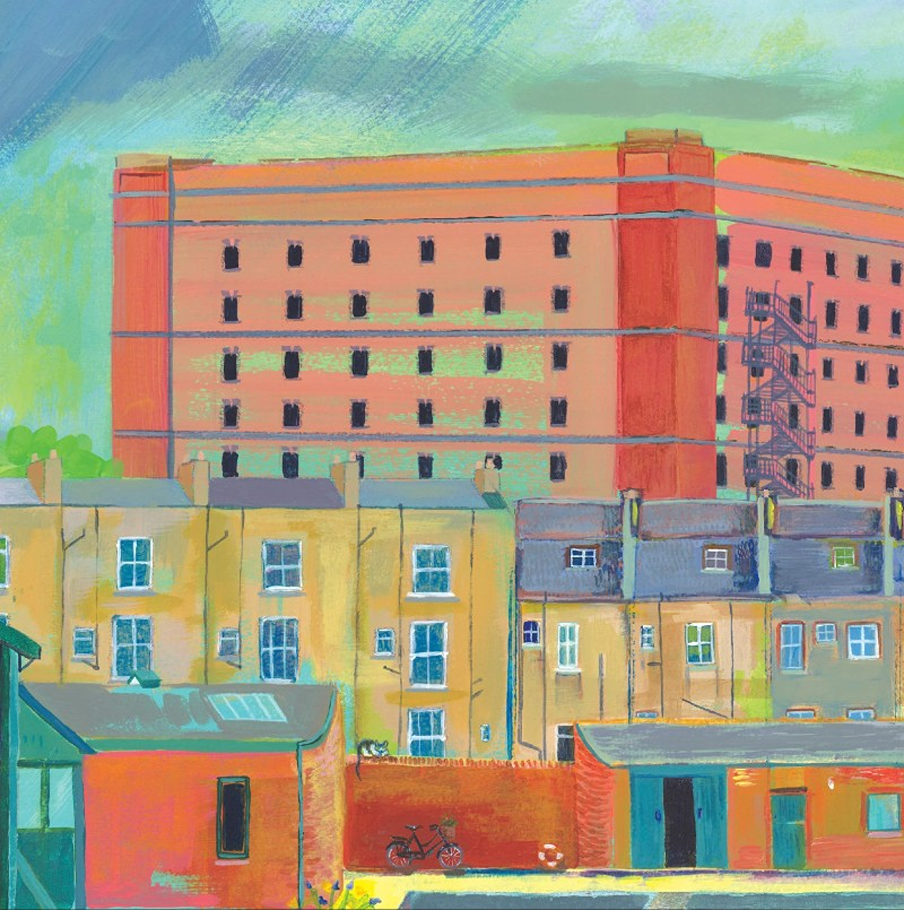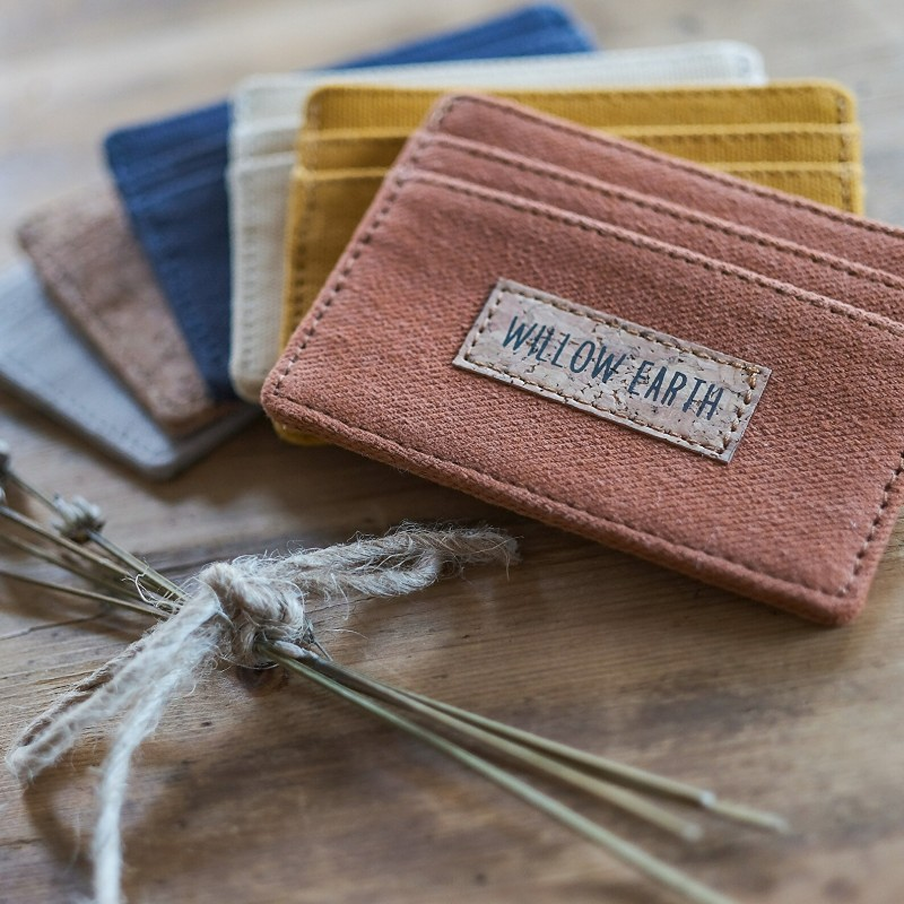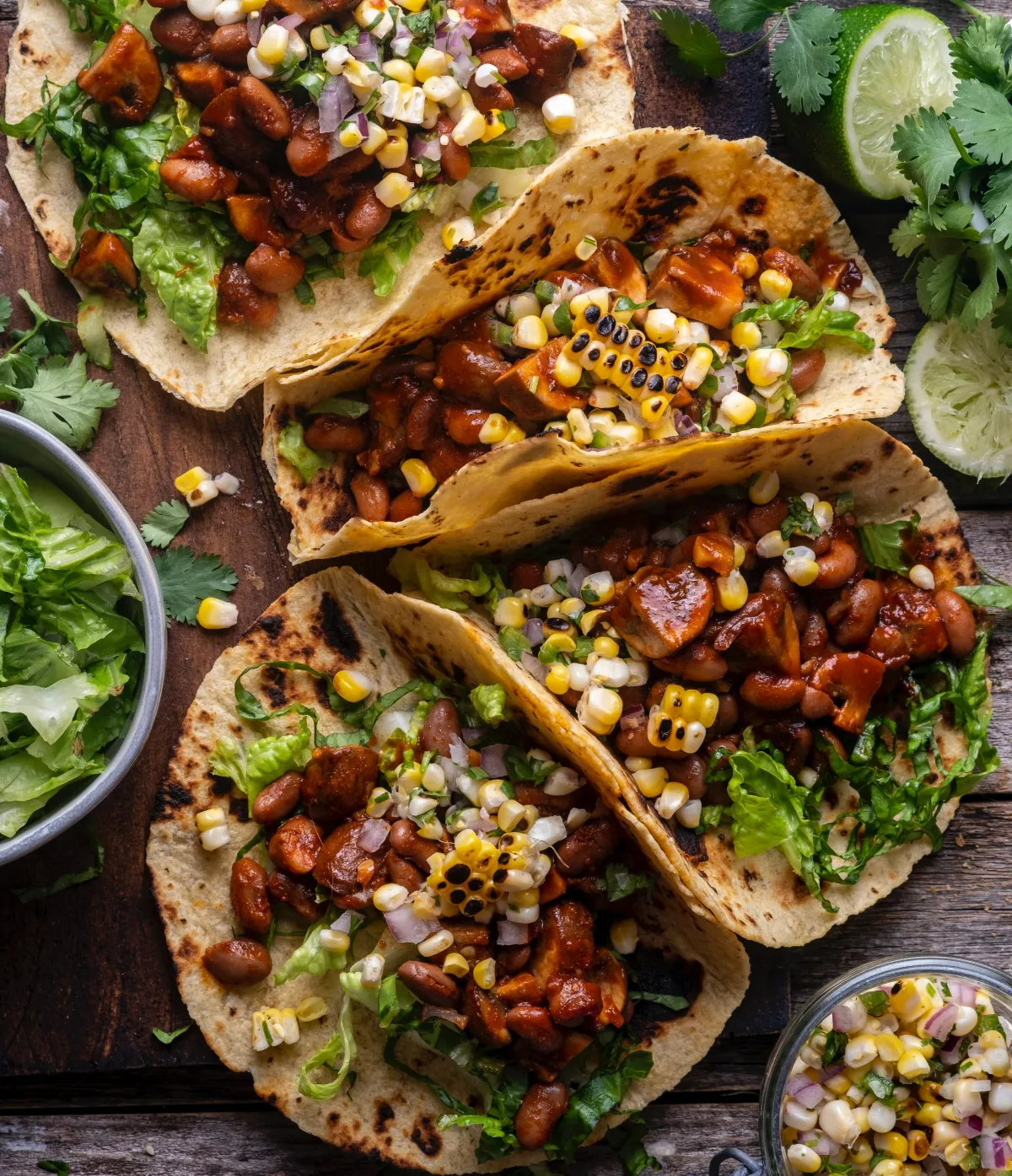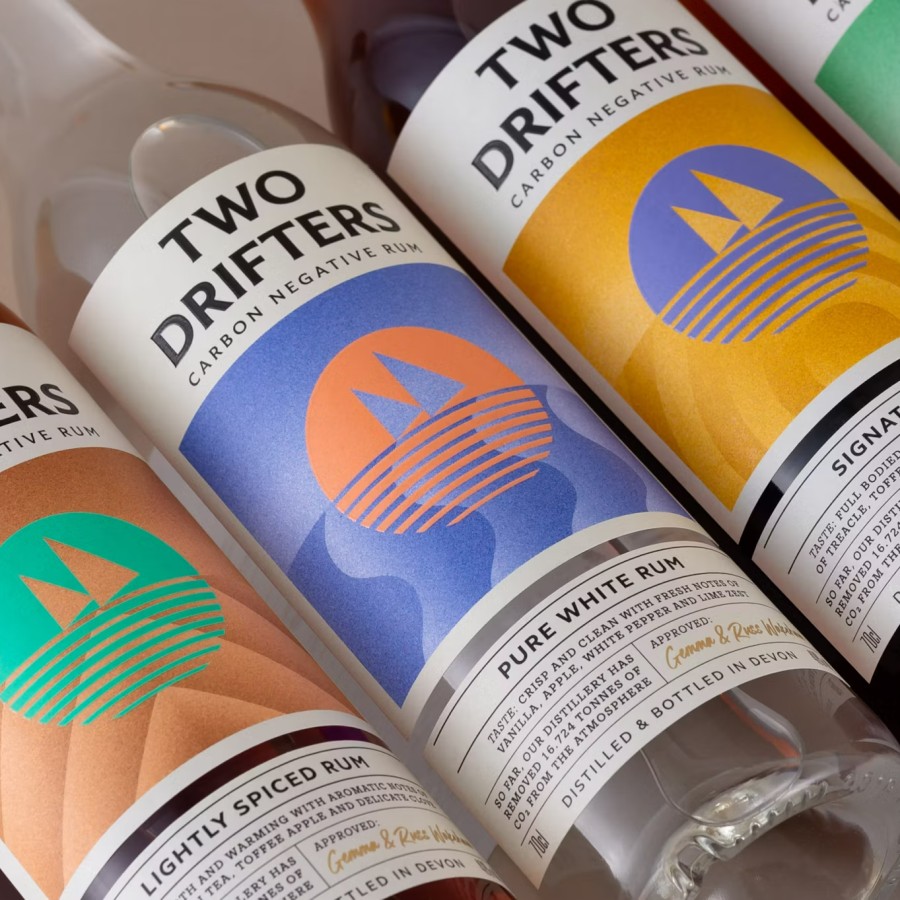Learn to Paint Relaxing Watercolours

Watercolour painting has a gentle charm. The colours flow, blend and surprise while you work. There’s something deeply soothing about watching clean washes settle on crisp paper. But the process is also practical, with just a few basics standing between you and your first peaceful scene.
Painting Woodland Watercolours is a book designed for beginner to intermediate artists, to help you capture the delicate beauty of forest flora and faun in watercolour. Through easy instructions, traceable templates and QR codes for video tutorials.
In 20 lessons, learn how to paint leaves, woodland critters, insects, plants, acorns and mushrooms. Along with other forest treasures.
The traceable templates can be printed or downloaded to help you get started, and there are QR codes for video tutorials, if you need them. The author’s detailed instructions and love for nature, shine through on each page.
Rita Gould is an accomplished artist and illustrator, with a deep love for the natural world, and watercolours. Known for her enchanting forest scenes. Originally from Russia, she now lives in England.
Vegan Watercolour Paints (and brushes)

If you enjoy painting watercolours, know that some paints are made from animal ingredients like ox fall, Kandahar ink from shellac. Use instead these handmade vegan watercolours, sold in a pretty tin that you can send back for refills, using the discount coupon.
The paints are mixed with a homemade binding agent made from dried resin. Keep away from children and pets, due to ingredients and choking hazards.
For (supervised) children, Honeysticks Watercolour Paints are made with food-grade ingredients, sold in a pot with a wooden paintbrush.
Use with recycled art paper. Or a cotton paper watercolour pad (the 300gsm thickness, holds expansive washes, and provides a great surface for detailed painting).
Vegan Watercolour Brushes
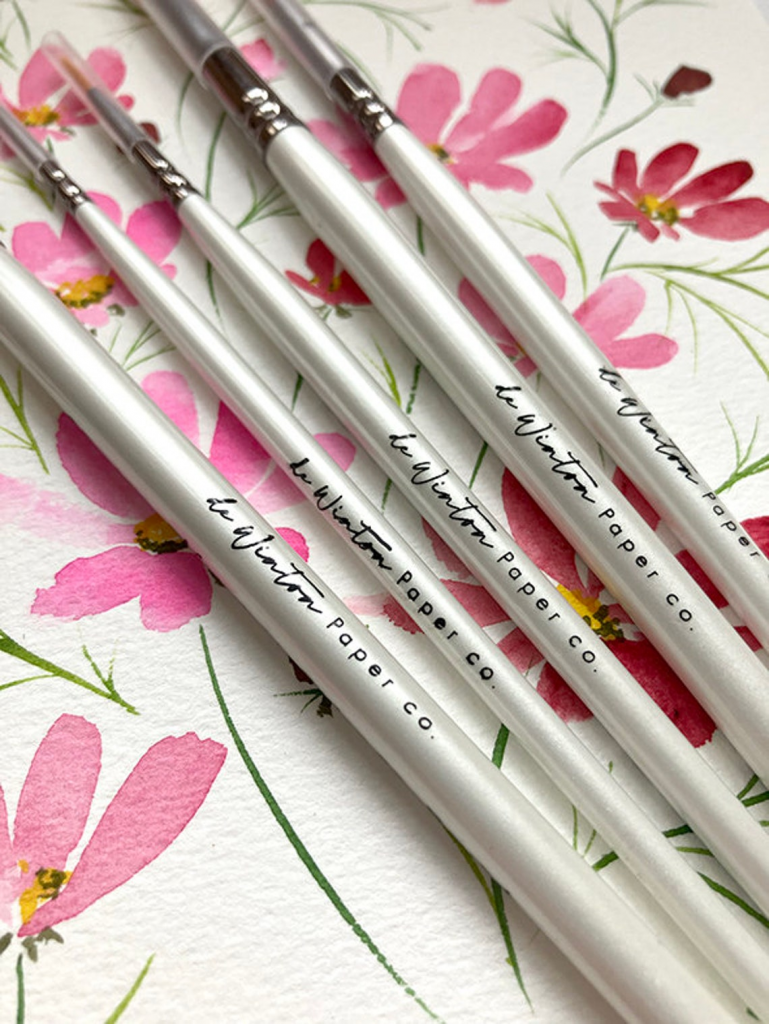
deWinton (Yorkshire) makes good synthetic paint brushes, created from sablene, a unique synthetic fibre that mimics properties of sable hair (made by killing weasels, ferrets or minks).
Run paintbrushes under water (agitate lightly) to remove adhesive coating before use, never leave brushes in water. Lay flat to dry, to preserve shape.
Choose from:
- Miniature brushes for painting detailed work.
- Bloom Brush Set for painting flowers.
- A watercolour bundle set or watercolour brush set
Natural Earth Paint Watercolour Brushes also use synthetic bristles for watercolour painting. Made with sustainably-grown wood handles and varnished with a nontoxic plant-based resin.
The bristles mimic mongoose hair (a perfect cross between sable and hog in softness, but are animal-kind). The set of 4 includes:
- Filbert (curved bristle top) #6
- Round (fine tip) #8
- Filbert (curved bristle top) #12
- Bright (rectangular bristle shape) #16.
Find a Calm Spot
Pick a space with light and as little distraction as possible. Lay out your tools where you can reach them. Setting up somewhere peaceful sets the tone for a gentle, rewarding session.
A flat surface and natural light make the colours easier to judge and help you see soft changes in tone as you work.
Start with Light Washes
Dip your brush in clean water and pick up a little colour. Brush this mix across your page in loose strokes. Don’t worry about accuracy. These first layers serve as your soft background, helping you get a feel for the water and pigment.
You’ll see how the paint moves, pools and lightens as it dries. This early stage is forgiving and helps settle any nerves.
Experiment with Wet-on-Wet
Add clean water to your paper before brushing on colour. This is the classic watercolour effect—watch as pigment blooms and edges blur. It’s a basic move that never gets old.
Try letting two colours meet on wet paper and see what new shades they make. It’s a thrill every time. These soft backgrounds can become skies, water, or just peaceful, abstract colour.
Layer Up with Patience
Let each stage dry fully before painting over it. This stops muddiness and lets soft colour build up naturally. Add gentle layers for shadows or richer tones as you go. Watercolours reward a slow, steady hand.
The more you wait between layers, the clearer and brighter your painting will look. Use the time to pause and enjoy your progress.
Play with Colour Choices
Stick to a few colours for a calming feel. Muted blues, gentle greens and soft yellows work well together. Try mixing a little of one colour into another for harmony.
Too many strong shades can be distracting, but soft blends and subtle changes can create a peaceful look. The beauty of watercolours sits in their quiet transitions and clean washes.
Focus on Simple Shapes
Paint loose shapes rather than fine details. Broad shapes—like a sky over water, rolling hills, or leafy trees—give a sense of calm. These need only soft lines and light touches. Don’t worry about making it perfect.
The freedom to paint shapes, not exact objects, is part of what makes watercolours so relaxing and forgiving.
Let Go of Perfection
Watercolours rarely go exactly as planned. Paint will run or ripple, but it’s normal and often looks better for it. Treat mistakes as happy accidents.
Enjoy the unpredictable marks as part of the painting’s story. Each one holds its own quiet beauty, and the less pressure you put on yourself, the more relaxed your work will feel.
Add a Gentle Final Touch
When your painting is dry, add small accents with a slightly thicker mix of colour. This might mean a tree trunk, hint of grass, or ripples in water. These touches bring the scene together and give it just enough detail.
Step back after each mark and see if you need anything else. Often less is more in watercolour painting.
Reflect and Display
Take a moment to enjoy your finished work. Even if it’s small or simple, there’s pleasure in seeing something you’ve made. Pop your painting in a frame or stick it on the fridge.
Sharing your art, even with just yourself, builds confidence and encourages you to paint again. The act of creating something calming is worth a quiet celebration.
The Many Benefit of Art Therapy
The Handbook of Art Therapy is the ‘bible of art therapy’, written by experienced practitioners, and regularly updated. It looks at how art therapy can be used in contemporary settings and includes a new chapter about using art therapy online.
Using first-hand accounts, it looks at the benefits and different methods used, and features basic theory and practice, as the classic text for art therapists, counsellors and psychotherapists.
Art is not just about painting pretty pictures, but also about healing your mental health. If you’re feeling stressed or bereaved or angry or depressed, art can sometimes help, when simple words are not enough.
Art therapy is recommended by the NHS, often used as a way for people (especially children) to process traumatic experiences, including abuse.
Sometimes a young person who has been abused is not able to speak about such experiences, but could instead use art to process and relate their feelings.
British Association of Art Therapists lists where to find qualified art therapists, who are highly trained to post-degree level. Note you don’t have to be good at art, to benefit!

